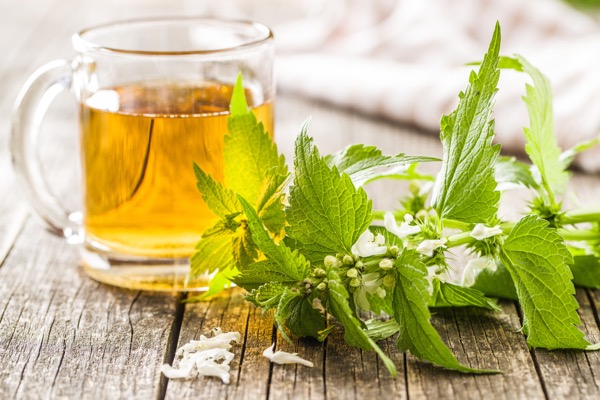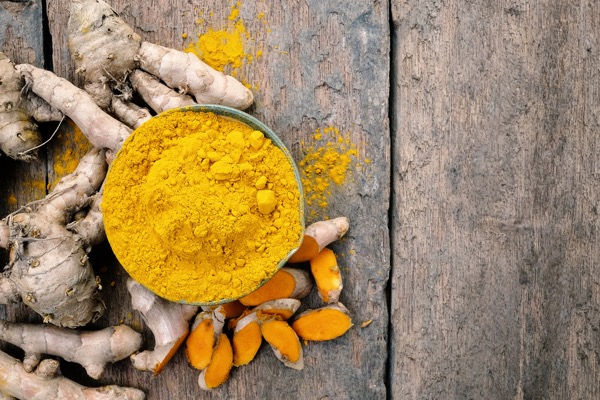Tackling Hay Fever Naturally
Are you fed up with sniffing and sneezing during the warmer months? This year take action to get your hay fever under control naturally.

Allergic rhinitis (also called Hay fever) affects around 20% of the UK population. It is an IgE-mediated inflammation of the nasal mucosa in response to outdoor and indoor allergens, the most common of which are pollens, dust mites, moulds and insects.
Allergic rhinitis is also a risk factor for asthma and can be associated with eczema. It can also lead to sinusitis and upper respiratory tract infections. If symptoms occur throughout the year it is termed perennial allergic rhinitis and it can be mistaken for a persistent cold.
Allergic rhinitis takes two different forms:
- Seasonal: Symptoms of seasonal allergic rhinitis can occur in spring, summer and early fall. They are usually caused by allergic sensitivity to airborne mold spores or to pollens from grass, trees and weeds.
- Perennial: People with perennial allergic rhinitis experience symptoms year-round. It is generally caused by dust mites, pet hair or dander, cockroaches or mold.
Some people may experience both types of rhinitis, with perennial symptoms getting worse during specific pollen seasons. There are also nonallergic causes for rhinitis including irritants such as cigarette or other smoke, perfumes, cleaning products and other strong odours.
Typical symptoms include:
runny nose
nasal congestion
sneezing
watery, red, or itchy eyes
coughing
itchy throat or roof of the mouth
postnasal drip
itchy nose
sinus pressure and pain
itchy skin
There are a number of risk factors involved including family history of atopy, birth by cesarean section, exposure to cigarette smoke in infancy and exposure to dust in the house or pollutants. I discuss these in my book My Kids Can’t Eat That!
If allergic rhinitis is ongoing removing as many of the potential triggers as possible may relieve symptoms. If it is seasonal hayfever the timing of when you get symptoms may depend on what you react to.
- Tree pollen is more common in the early spring.
- Grass pollen is more common in late spring and summer.
- Ragweed pollen is more common in the autumn
- Pollen allergies can be worse on hot, dry days when the wind carries the pollen.
There are also a few lifestyle changes you can try
- keeping windows closed to prevent pollen from coming in
- wearing sunglasses to cover your eyes when you’re outdoors
- using a dehumidifier to control mold
- washing hands after petting animals or interacting with them in an airy space
To relieve congestion, try using a neti pot or saline sprays. These options can also reduce postnasal drip, which contributes to sore throats.
If your symptoms are more associated with mould and dust then looking at your home environment may be helpful. For example dust mites can contribute to hay fever, so keeping the house and work environment dust free is important. Chronic sufferers often consider removing carpets, feather quilts and pillows. Air filters can also be helpful.
As it often occurs with asthma looking at some of the nutritional support for asthma may be helpful for some. Various studies have shown that using certain probiotics particularly Lactobabillus casei can decrease symptoms reducing the need for medications. Other studies have shown a mixed strain probiotic which includes Bifidobacterium longum may help suppress inflammation and help rebalance the immune response.
As nasal allergies are associated with high histamine levels including nutrients known to lower histamine can be beneficial. Histamine is a part of the immune system response that causes all of the symptoms you associate with allergies — such as sneezing, rashes and cold-like symptoms. Antihistamines block histamine activity, seeking to stop the allergic reaction. Many allergy medications on the shelves of your local drug store work as antihistamines. But there are also certain foods and plant extracts that can have similar effects on histamine production (e.g quercetin, vitamin C etc). This is discussed in detail in my book My Kids Can’t Eat That!

Spirulina in particular has been shown to blunt inflammation and help relieve symptoms of allergic rhinitis. Spirulina powder be added into smoothies or stirred into soups and stewed fruit. Traditionally, stinging nettle has been used to treat allergic rhinitis, normally as an extract but it is also available as a tea. You may wish to add in anti-inflammatories such as fish oil and antioxidant rich foods as well.

Cooking or seasoning foods or drinks with turmeric may also be effective. Turmeric contains anti-allergic and natural decongestant properties. Studies found that turmeric suppresses allergic reactions.
Honey is also thought to help lessen seasonal allergies particularly local unprocessed honey.

